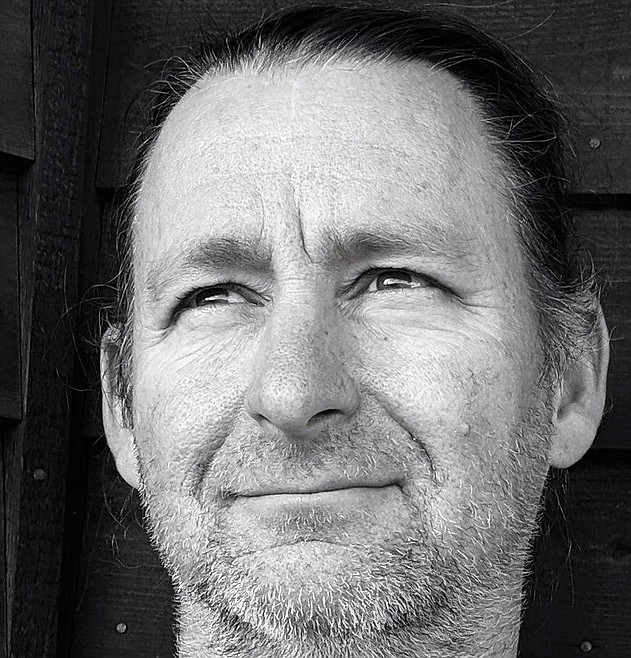The legacy of Indian boarding schools
Recent news from British Columbia: The remains of 215 Native students were found at an old school in Kamloops. In fact, researchers have located over 1,400 unrecorded graves at former Indian residential schools in Canada.
Meanwhile, in Pennsylvania, the U.S. Army is disinterring the remains of more than 180 students at the former Carlisle Indian Industrial School. The Rosebud Sioux tribe recently reburied the remains of nine Carlisle students on their reservation in South Dakota.
The historical context begins with white soldiers and settlers, in the 19th century, violently removing Native peoples from their homelands and confining survivors on reservations. The next step was assimilation, which meant forcing tribal members to adopt Euroamerican ways. Reservation agents banned Native religious practices, imposed new political structures, and taught commercial agriculture. To weaken communal values, they assigned plots of land to individual Native families, then sold off the majority of reservation acreage to non-Natives.
The philosophy behind forced assimilation — often with humane intentions — was “Kill the Indian, Save the Man.” The assumption was that Native cultures were inferior, uncivilized, and doomed. The goal was to eliminate tribes and reservations by transforming Indians into Euroamericans. This fits the original definition of genocide, as coined by Polish refugee Raphael Lemkin in 1944: “a coordinated plan of different actions aiming at the destruction of essential foundations of the life of national groups, with the aim of annihilating the groups themselves.”
Beginning in the 1860s, boarding schools were part of the assimilation program. Canadian and U.S. officials separated Native children from their families, sometimes by force, and shipped them to military-style schools typically run by Christian churches. Instructors required students to adopt Euroamerican names and Christian rituals, physically abused them for speaking their Native languages, and trained them for manual labor.
Conditions varied from school to school, but most students experienced emotional and physical trauma, many suffered sexual assault, and some succumbed to disease. One survivor described his Kamloops experience: “I learned a lot here. I learned how to hate. I learned how to steal. I learned how to fight. I learned how to cheat.” Another recalled that “all the hugging I used to get stopped at the residential school. To this day I have trouble saying ‘I love you, Mom.’”
The boarding school legacy is two-fold. First, the intense trauma inflicted on the students is partially responsible for high rates of addiction and violence in Native communities today. Students learned negative parenting skills at the schools, then acted out their grief and self-hatred on themselves and their families. Without proper therapy, such misery becomes a family inheritance. Dr. Maria Yellow Horse Brave Heart (Hunkpapa/Oglala) calls it historical trauma, meaning “a cumulative psychological and emotional wounding across generations” due to “massive group traumatic events and experiences.”
Second, some boarding school survivors used their education to defend their tribal communities from annihilation. They learned how to operate within the Euroamerican legal and political systems. They formed pan-Indian organizations, lobbied lawmakers, and brought lawsuits to protect tribal lands and tribal sovereignty. Rather than disappear, Natives maintained and celebrated tribal identities while adopting Euroamerican practices on their own terms.
Zitkála-Sá (Yankton Dakota) was born in 1876 in South Dakota. At age eight, she was taken to a boarding school in Indiana, where she learned to play piano and violin. She later taught music at the Carlisle school and wrote the first Native American opera. As a magazine writer, she criticized the way boarding schools intentionally destroyed Native heritage. In 1926, she co-founded that National Council of American Indians to unite tribes in the fight for full rights as U.S. citizens — “for the protection and preservation of all Indian people.”
Madonna Thunder Hawk (Cheyenne River Sioux) was born in 1940 in South Dakota. At boarding schools, she found a career path: rebellion against injustice. In the 1970s, she joined the American Indian Movement and participated in the occupations of Alcatraz, Mount Rushmore, and Wounded Knee to protest U.S. treaty violations. Her long career as a community organizer has included creation of Women of All Red Nations to defend Native women’s health, the Black Hills Alliance to protect sacred lands, and the Lakota People’s Law Project for children’s welfare.
“There are those of us who are content to assimilate,” Thunder Hawk has said, “but there are those of us who want to maintain the culture our ancestors died for. We have the right to be who we are.”
The Truth and Reconciliation Commission of Canada (2007-15) recorded the accounts of residential school survivors. To promote national healing, the Commission recommended more public school curricula about Native experiences—an important example of confronting, rather than denying, the uglier aspects of our national histories.
For more information, see "Education for Extinction" by David Adams and "Kill the Indian, Save the Man" by Ward Churchill.
This column brought to you by the Boundary County Human Rights Task Force. Timothy Braatz is a professor of history and nonviolence and the author of "Surviving Conquest: A History of the Yavapai Peoples of Arizona".

